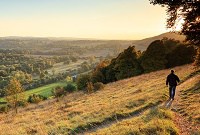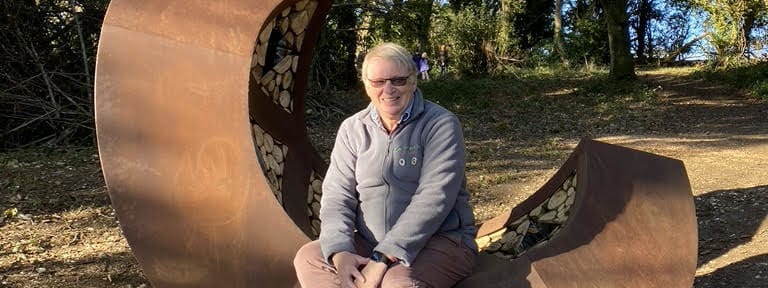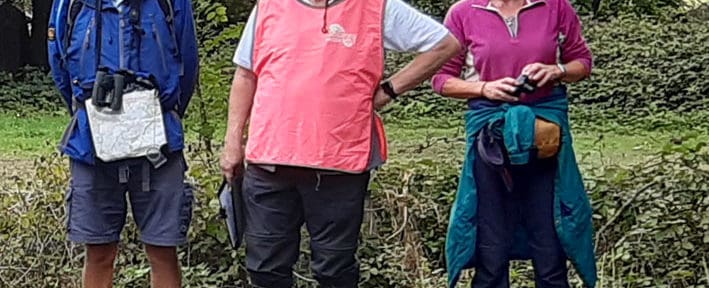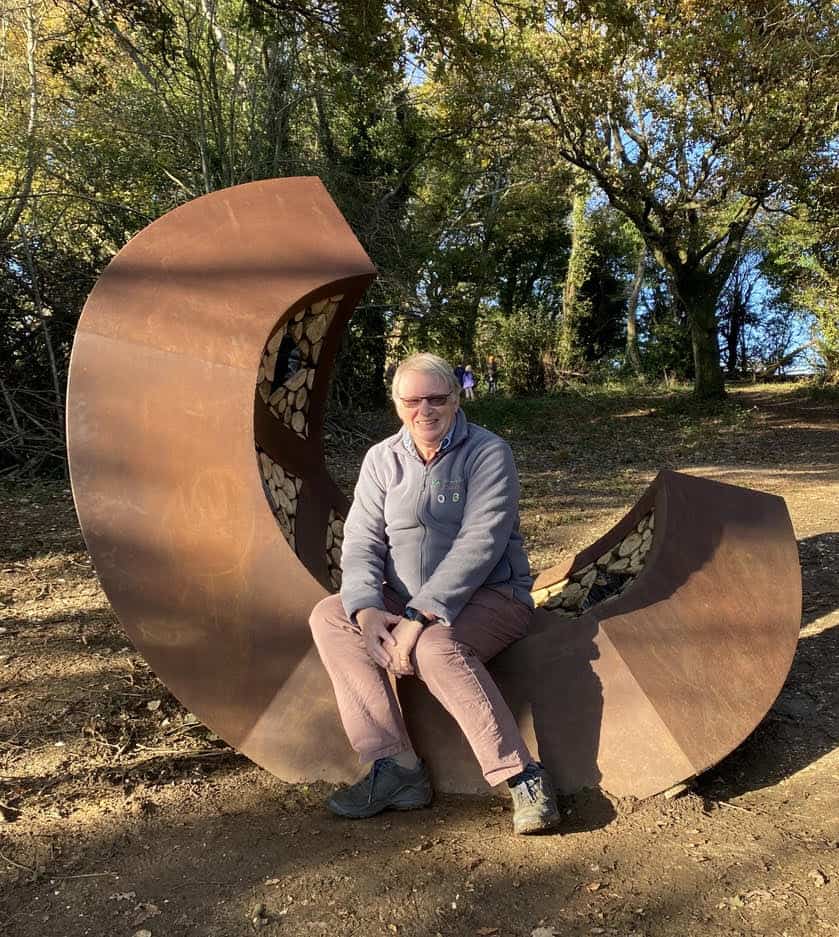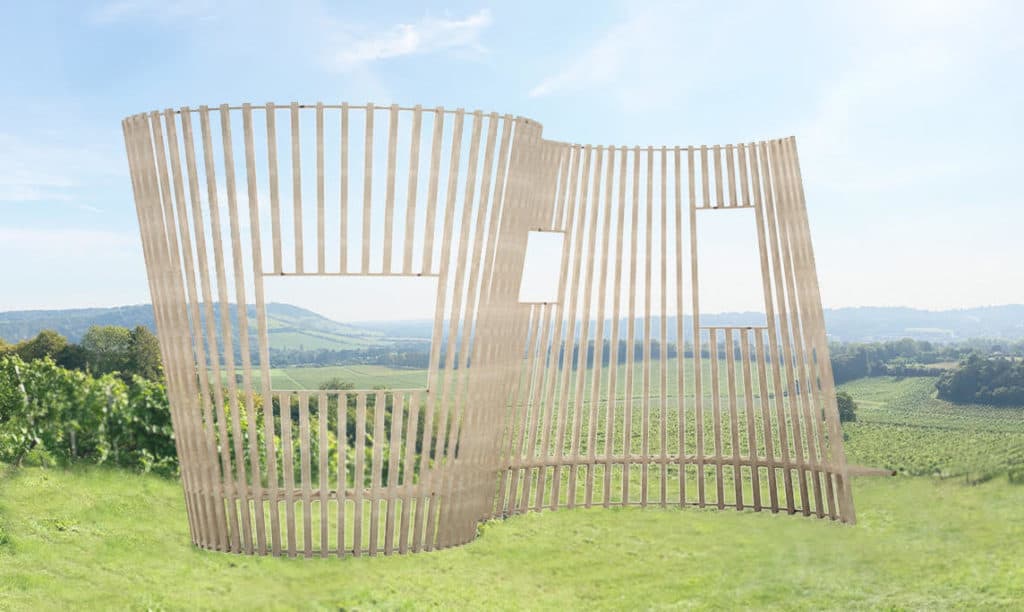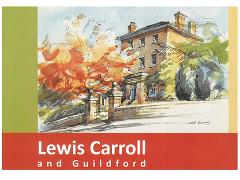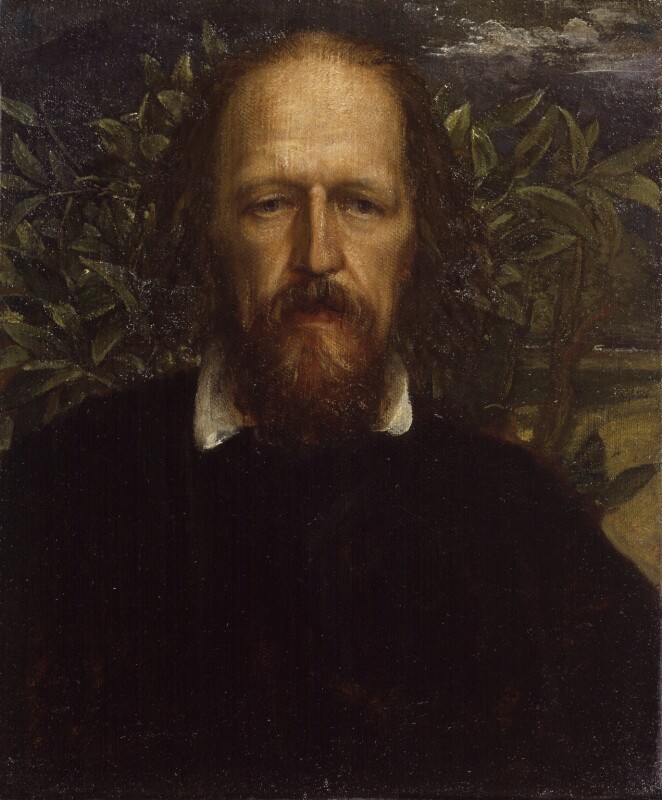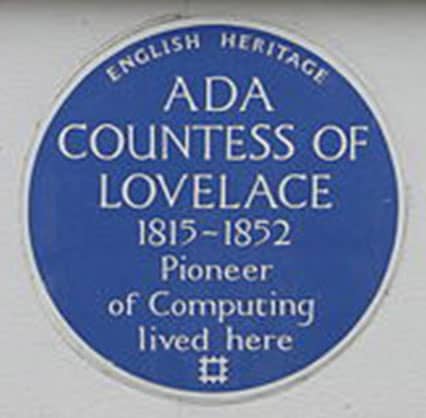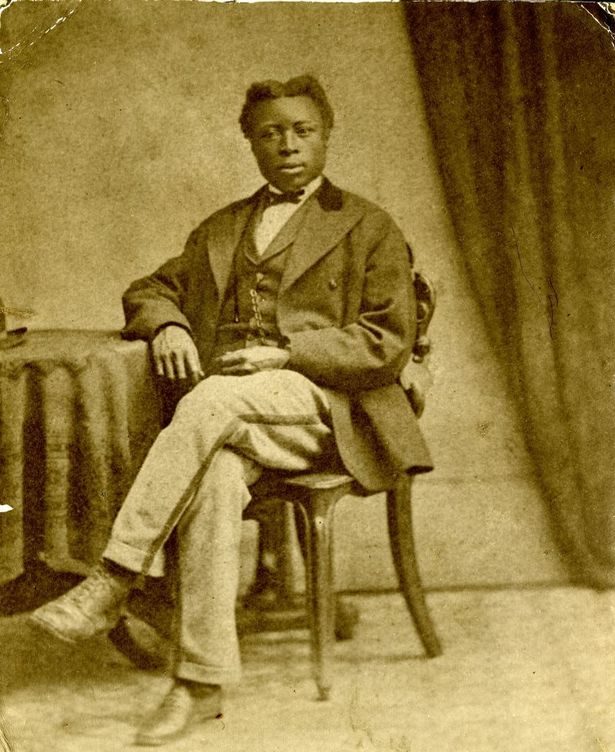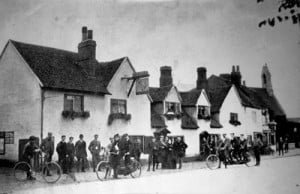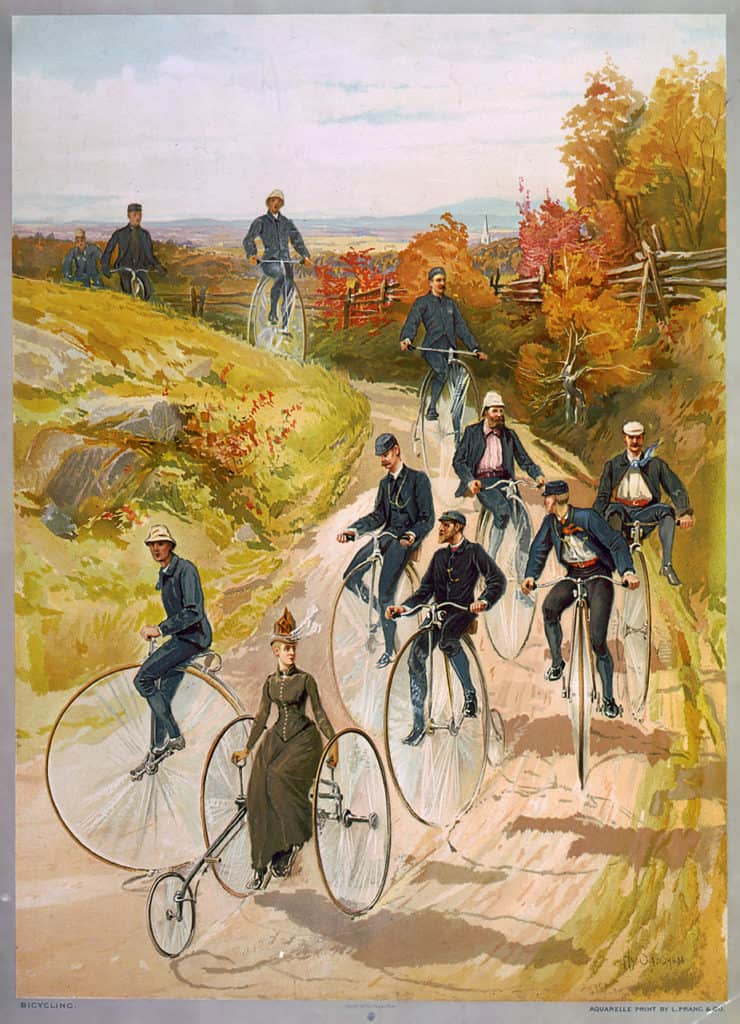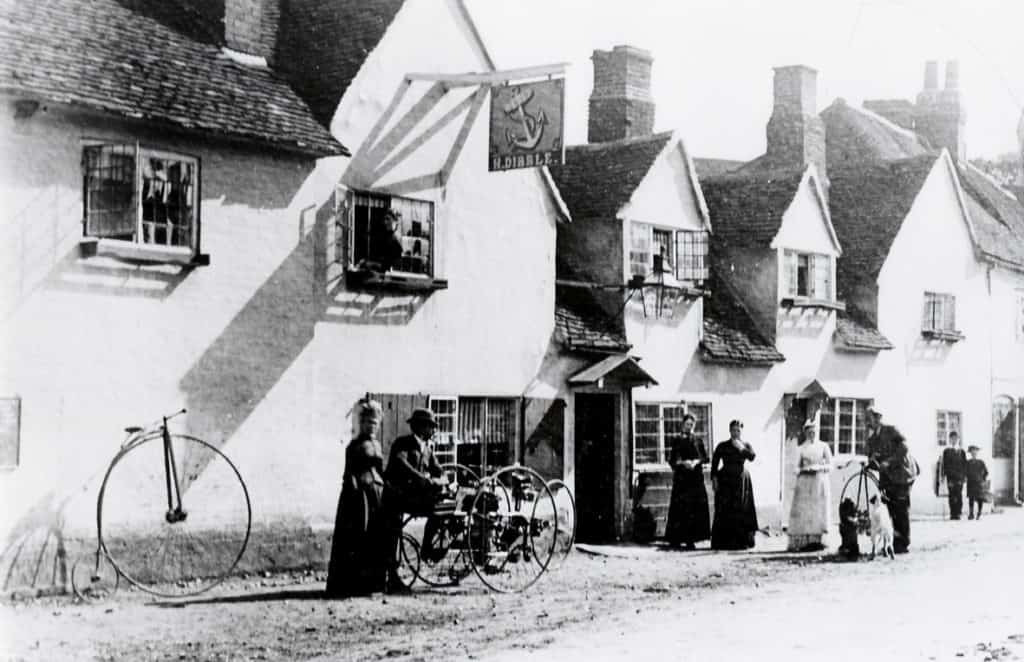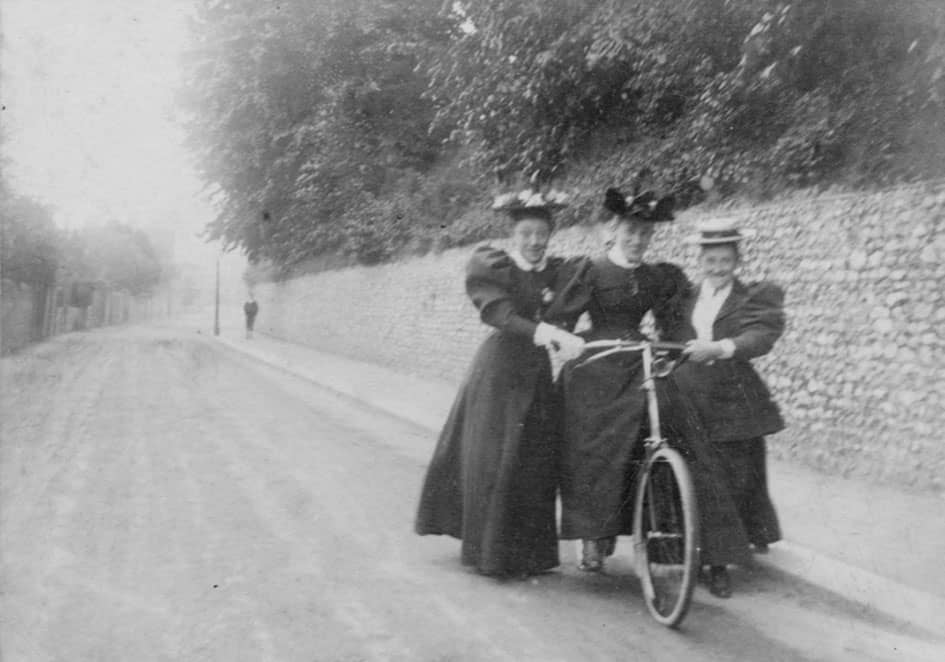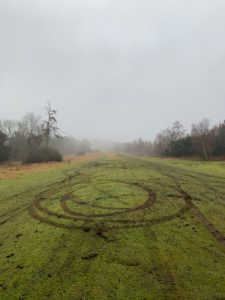 Off Road motorised vehicles are having a major impact on the Surrey Hills. The popularity of these activities through the woods and commons of this designated Area of Outstanding Natural Beauty (AONB), with new tracks being illegally carved out on private land, has increased during lockdown and creates tension with landowners and leisure users.
Off Road motorised vehicles are having a major impact on the Surrey Hills. The popularity of these activities through the woods and commons of this designated Area of Outstanding Natural Beauty (AONB), with new tracks being illegally carved out on private land, has increased during lockdown and creates tension with landowners and leisure users.
The use of off-road, quad bike and 4×4 vehicles is strictly prohibited throughout the AONB, unless on a designated Byway Open to All Traffic (BOAT). Damage by illegal off-road vehicles negatively impacts the myriad of species that call the Surrey Hills AONB home.
Recent developments have seen Surrey Police tackle rural crime in the Surrey Hills by seizing un-licensed 4×4 vehicles, handing out warnings and securing prosecutions.
Police and Crime Commissioner for Surrey David Munro said: “Enhancing the response to crime in our rural communities remains one of my key priorities. We are lucky in Surrey to have access to wonderful countryside and I am pleased to see such proactive work by the local team in response to the concerns raised by the residents that live locally.
In the last two years, I’ve supported Surrey Police to establish a dedicated network of rural crime officers across Surrey’s boroughs and I am proud that these individuals are making a real difference in areas where residents may feel the most isolated – preventing crime as well as apprehending those responsible. In the year ahead, I will be supporting Surrey Police to extend this further, with the addition of 10 police officers and 67 operational support staff that will strengthen the overall service of the Force, and additional funding for the rural crime team that is so important.”
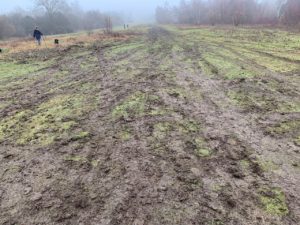 Reports of damage caused by off-road vehicles were made earlier this month in Mole Valley, following the discovery of muddy tyre tracks and circular markings throughout The Gallops on Mickleham Downs. This tranquil area managed by the National Trust is regularly frequented by local dog walkers, and forms part of the popular Box Hill Hike trail. Large rutted, muddy tracks were left behind, with grass churned up and damaged, marring the beautiful ranging views across the Downs. The recent wet weather further exacerbated the problem, with sodden ground more readily damaged. Not only does this kind of destruction look unpleasant, it creates highly dangerous conditions for other people using the local routes, including walkers and cyclists.
Reports of damage caused by off-road vehicles were made earlier this month in Mole Valley, following the discovery of muddy tyre tracks and circular markings throughout The Gallops on Mickleham Downs. This tranquil area managed by the National Trust is regularly frequented by local dog walkers, and forms part of the popular Box Hill Hike trail. Large rutted, muddy tracks were left behind, with grass churned up and damaged, marring the beautiful ranging views across the Downs. The recent wet weather further exacerbated the problem, with sodden ground more readily damaged. Not only does this kind of destruction look unpleasant, it creates highly dangerous conditions for other people using the local routes, including walkers and cyclists.
Councillor Hazel Watson, Chairman of the Surrey Hills Byways Working Group comments,
“It is awful to see this careless destruction of the local area. The grass and woodland of Mickleham Downs is an important haven for wildlife and plant species. Damage caused by off-road vehicles is a major threat to the Surrey Hills AONB and I urge the local community to alert Surrey Police to any antisocial behaviour taking place in our countryside spaces.”
Acting Borough Commander, T/Detective Inspector Wagjiani said: “Off-roading is a nuisance and can cause considerable damage to the beauty of our countryside and woodland areas. Reporting a rural crime such as this is key. While the reporting of one incident might not lead us to the perpetrator, the collective evidence will support us in gaining the intelligence that will help us to identify a suspect. We can then take action.”
Heather Kerswell, Chair of the Surrey Hills AONB Board, says,
“There is mounting concern about the damage being caused to the protected Surrey Hills landscape by an irresponsible minority of off-road drivers. Current lockdown measures have made the Surrey Hills a popular playground for many. I commend Surrey Police for their efforts in this area and call on all our rural communities to work together to combat this serious issue”.
Reports of antisocial crime can be made to Surrey Police via their online reporting tool; https://www.surrey.police.uk/ro/report/asb/asb/report-antisocial-behaviour/
For further information on the Surrey Hills Area of Outstanding Natural Beauty (AONB) visit www.surreyhills.org.


